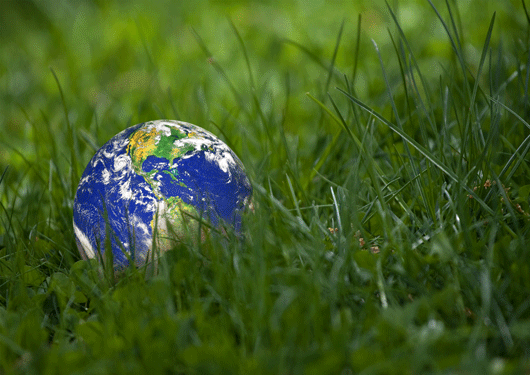
Visit Our Sponsors |
|
|
|
|
|
|
|
|
|
|
|
|
|
|
|
|
|
|
|
|
|
|
|
|
|
|
|
|
|
|
|
|
|
|
|
|
|
|

Reducing waste sent for disposal is a critical component of Unilever's Sustainable Living Plan. Established in 2010, the plan aims to halve Unilever's environmental footprint of the making and use of its products by 2020. As part of this ambitious plan, Unilever is striving to be at or below 2008 levels of total waste from manufacturing facilities by 2015 (five years earlier than originally announced), despite producing significantly higher volumes.
At present, more than half of Unilever's 252 global factories are ZLF. The key driver for this achievement of ZLF in both North America manufacturing and non-manufacturing headquarter facilities is the elimination of waste. Where reduction of waste is not sufficient, the company's facilities reuse, recycle or recover waste to reach zero waste to landfill.
For example, at the Owensboro, Kentucky facility, which produces pasta sauce under the Ragu and Bertolli brands, paper and plastic are sent for recycling, which is eventually converted into tissues and composite lumber, respectively. The Clearwater, Florida plant, which makes frozen ice cream novelties under the Klondike, Breyers, Popsicle, and Good Humor brands, has a "reuse program" that includes reusing cookie liners as trash bags throughout the facility, donating office furniture to Habitat for Humanity, donating used shoes to Pinellas Hope Charity, and selling five-gallon plastic buckets to local stores. The Englewood Cliffs, N.J., headquarter facility implemented waste centralization to increase office recycling.
Source: Unilever North America, Unilever Canada
RELATED CONTENT
RELATED VIDEOS
Timely, incisive articles delivered directly to your inbox.

